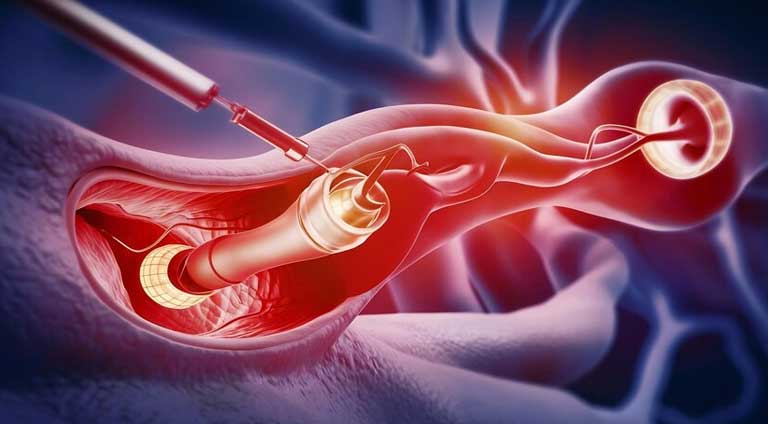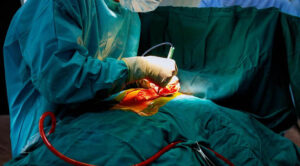Choosing the Right Treatment for Blockages
The recipient’s fundamental medical condition and preferences, the nature of the blockages, and other standards are carefully considered when choosing between bypass surgery or angioplasty with stenting. During angioplasty with stenting, a balloon-tipped catheter is inserted into the clogged artery, inflated to widen it, and then a stent is inserted to help keep the artery open.
Angioplasty is a minimally invasive procedure as compared with bypass surgery, and it usually requires a faster recovery period. It could be a useful alternative for individuals who suffer from less serious obstructions or are thought to be more likely to experience surgical challenges.
Angioplasty with Stenting: Minimally Invasive Procedure and Faster Recovery
An angioplasty performed with a stent is minimally noxious; to access the obstruction, a catheter is placed via a blood artery, often in the groin. A stent is inserted to keep the artery open after a balloon expands to widen it.
This procedure observes faster recovery, and you may usually return to residence the same day or the following day and get back to your routine sooner. It is considered better in some situations, and that’s why it is preferred in cases of solitary obstructions or shorter obstructions, particularly in the absence of other significant health issues.
But still, it is a short-term solution. Blockages within the repaired artery may recur, which might not be appropriate for all. It is not recommended for complicated artery-to-artery obstructions or obstructions in the left-hand major coronary artery.
Consider Bypass Surgery for Complex Blockages and Prolonged Results
Outlined are certain instances where bypass surgery could potentially be preferable, such as numerous coronary artery obstructions, particularly including the left primary artery, and type 2 diabetes.
In addition to coronary artery disease, bypass surgery is a more invasive procedure that requires opening the chest to take an appropriate bloodstream vessel from another part of your body and grafting it to the obstruction, developing a new path during bloodstream circulation. It requires longer rehabilitation, a few days spent in the healthcare facility, and a greater duration of rehabilitation at the residence.
Coronary Artery Disease: Diagnosis and Treatment Options
A medical practitioner sees the visuals of coronary arteries, which are the inner arteries of the heart, throughout a catheterization of the heart. Typically, an artery undergoes treatment through a tiny metal coil known as a stent. The artery is kept open by the stent. It lessens the chance of re-narrowing as well.
You may require coronary bypass surgery if there are many sites of narrowing or blockage in your arteries. Bypass surgery opens up a previously closed or partially obstructed cardiac artery to allow blood to circulate.
A healthy blood artery fragment from the lower leg or chest wall is removed during the procedure. The blood vessel is linked beneath the clogged cardiac artery. The bypass enhances the circulation of the blood around the cardiac muscles.
Conclusion
At last, we can say that the most beneficial decision for every individual ultimately depends upon their specific situation. To determine which type of surgery is most appropriate and suitable for an individual, it is always essential to consult an experienced cardiac surgeon. By considering the severity of the condition, your way of living, overall wellness, and the extent of obstructions, the surgeon can suggest the best available treatment per your specific need.
Book Your Call With Dr Aditya Lad.





